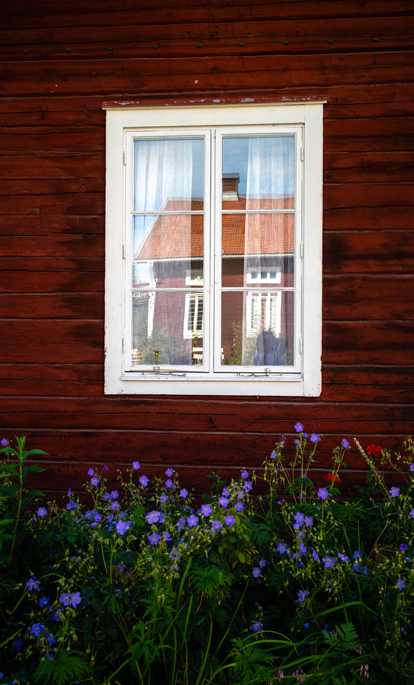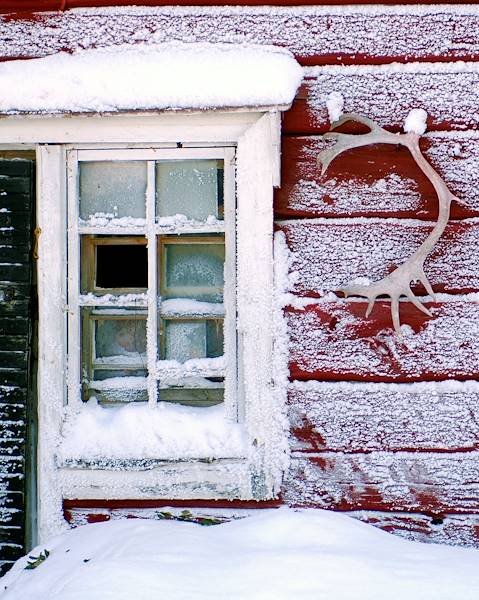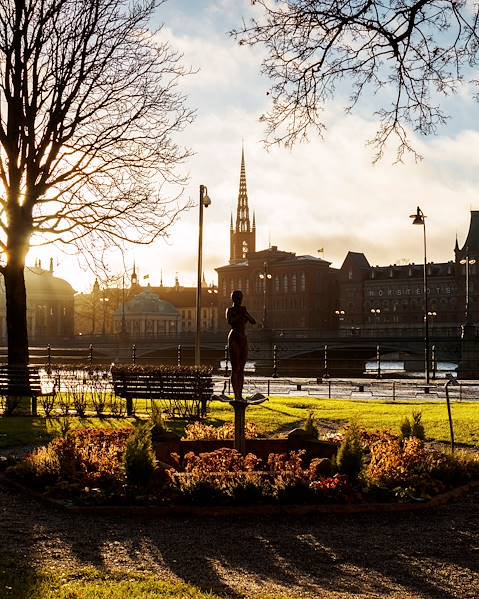Sweden is the fifth largest country in Europe, stretching an impressive 977 miles from north to south, but thankfully the transport in Sweden ensures you're well-connected, with plenty of public transportation and other travelling options. Whether you choose to drive, fly, sail or speed your way through the Swedish countryside on a train, you’ll be surrounded by some spectacular views.
By Road
When it comes to driving in Sweden, it’s important to note that Swedes drive on the right, but luckily most Swedish roads face far less traffic than the UK. In fact, in many areas you can be driving for hours without meeting another vehicle (so knowing your route and feeling confident is an essential). Outside the major cities, traffic and queues are also rare, with some delays in places like Stockholm confined to peak hours. The roads are well maintained for the most part, with the more rural areas prone to the occasional bump and pothole, especially in winter and along the forest roads, where the remote areas are likely to be unsurfaced.
By Taxi or Hire Car
Sweden’s well-maintained roads make for great road tripping conditions and hiring a car can be a great transport in Sweden option. However, it’s important to note that some areas of central Stockholm have congestion charges in operation at certain times, but your hire company will be able to give you a bit more information on this. When it comes to taxis, you can normally get hold of one by calling a taxi company, hailing one on the street or hopping in one at a taxi rank. There are many companies to choose from in the major cities and you’ll always find international companies like Bolt and Uber. When searching for approved taxis with metered fares, always look for the yellow number plates and note that credit cards are readily accepted when paying for travel. The rural areas might be more restricted but should have some local taxi firms available.
By Train
Some of the best transport in Sweden is thanks to its extensive train network that spans the length and breadth of the country and you can journey all the way from the temperate south to the wilds of the Arctic Circle. Around 1,500 trains depart from more than 400 stations nation-wide and to make travel even easier, the state-owned railway company SJ are the main operators across the country, serving as the main vendor for most of the regional rail companies. Although the main rail transport hubs in Sweden are in the capital city of Stockholm, Gothenburg on the west coast, and Malmö in the south. Despite this, train ticket booking couldn’t be easier. Whether it’s online, through the app, at the SJ pick up machines, at SJ service centres (for a fee) or at a Pressbyrån or 7 Eleven store, the process is all through a single website and operator. This means you can travel easily throughout Sweden with some spectacular views along the way.
By Boat
Boats and ferries around the country’s coastlines are some of the best ways to see Sweden’s surrounding islands and archipelago. Discovering Sweden’s coastline is a must, especially when both the Stockholm archipelago and the Gothenburg archipelago are within easy reach, thanks to the coastal ferries that nip to and fro. Fjäderholmarna, the closest of the islands, are just a mere 30 min boat trip away from central Stockholm, with plenty of options and day tripping experiences awaiting.
By Plane
When it comes to navigating Sweden’s vast and sprawling land, travelling by train is usually the best option, given its speed, efficiency and backdrop, but internal flights are also available. Those willing to fly will find that SAS and BRA are the major carriers for domestic Swedish flights, as they serve all corners of the country. SAS is based at the Arlanda International Airport north of Stockholm, while BRA uses the smaller Bromma Airport in the city as its hub. Air Leap is also a smaller carrier and is one that flies between Bromma and Visby on the island of Gotland, and from Arlanda to Halmstad and Örnsköldsvik. Flights from the UK to Sweden leave regularly throughout the day from multiple airports within the UK, with the average flight taking just under three hours.
















